Jump to Section
Traveling to Sri Lanka offers you a blend of history, culture, and natural beauty. From the ancient ruins of Anuradhapura filled with pilgrims dressed in white on poya weekends to vibrant temples like Ruvanvelisaya Dagoba wrapped in colorful cloth bands, there’s so much to see. You’ll encounter sacred sites where monks perform rituals and tourists quietly observe local customs.
Exploring these areas provides insight into both past splendor and present traditions, making it an unforgettable experience for any traveler seeking depth beyond mere sightseeing.
City Guides Overview
Here’s a concise breakdown of the key highlights of various cities in Sri Lanka:
| City | Attractions | Cuisine | Cultural Highlights | Must-Do Activities |
|---|---|---|---|---|
| Anuradhapura | Sacred Bodhi Tree, Ruvanvelisaya Dagoba, Brazen Palace Lovamahapaya | Rice and curry, roti, lamprais | Pilgrims visiting sacred sites, monks performing rituals | Explore the ruins of Anuradhapura, observe monks at rituals, visit Sri Maha Bodhi |
| Colombo | Galle Face Green, National Museum, Seema Malaka Buddhist Temple | Street food like samosas and sandwiches, fresh fruit shakes | Street vendors, vibrant markets, religious ceremonies at temples | Take a stroll along Galle Face Green, explore local street food, visit the National Museum |
| Udawalawe | Udawalawe National Park | Traditional Sri Lankan rice and curry, fresh seafood | Wildlife conservation efforts, elephant sanctuaries | Go on a safari to see elephants, buffaloes, and leopards |
| Kandy | Temple of the Tooth, Kandy Lake, Royal Botanical Gardens | Kandy’s traditional sweets, rice and curry | The Tooth Relic of Buddha, cultural performances at Kandy Esala Perahera | Visit the Temple of the Tooth, take a boat ride on Kandy Lake, explore the Royal Botanical Gardens |
| Ella | Ella Rock, Nine Arches Bridge, Ravana Falls | Roti, hoppers, fresh fruit juices | Hill country lifestyle, tea plantations | Hike to Ella Rock, explore the Nine Arches Bridge, visit Ravana Falls |
| Galle | Galle Fort, Unawatuna Beach, Dutch Reformed Church | Seafood, coconut-based dishes, lamprais | Colonial architecture, Galle Fort heritage | Walk around Galle Fort, relax on Unawatuna Beach, enjoy local seafood |
| Jaffna | Nallur Kandaswamy Kovil, Jaffna Fort, Keerimalai Springs | Jaffna curry, seafood, traditional desserts like wattalapam | Hindu religious rituals, Tamil culture | Visit Nallur Kandaswamy Kovil, explore Jaffna Fort, bathe in Keerimalai Springs |
Explore Ancient Cities
Explore the ancient cities of Sri Lanka, starting with Anuradhapura. This vast archaeological site is home to impressive structures that highlight its rich history. When visiting during a poya weekend (full-moon), you’ll see many pilgrims dressed in white.
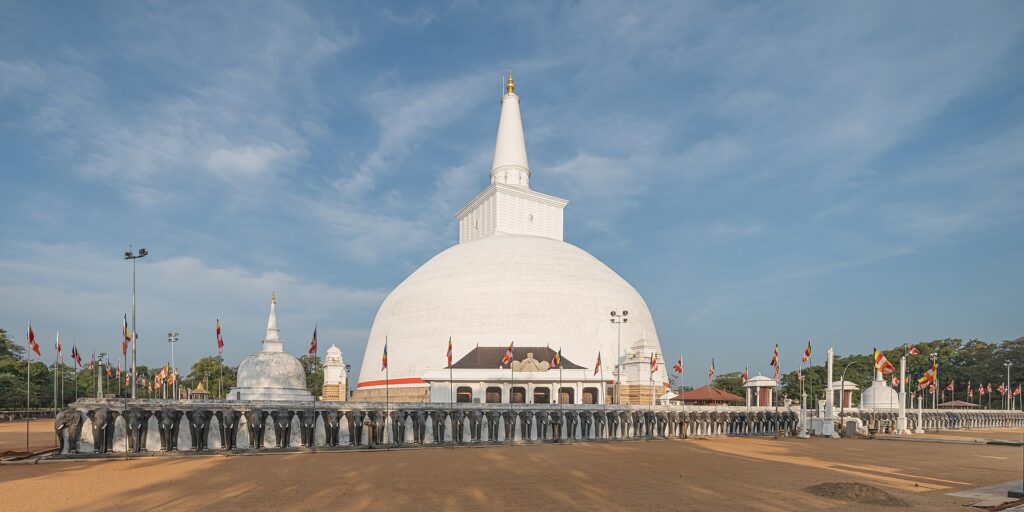
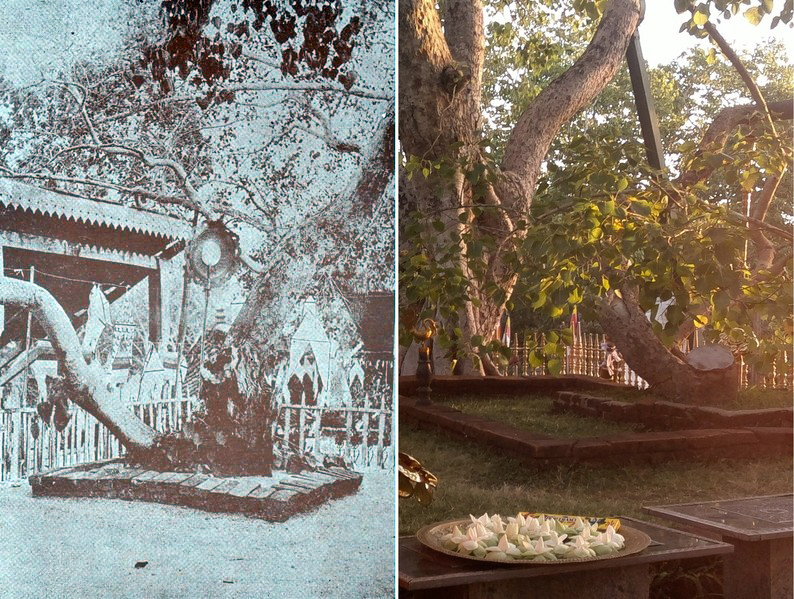
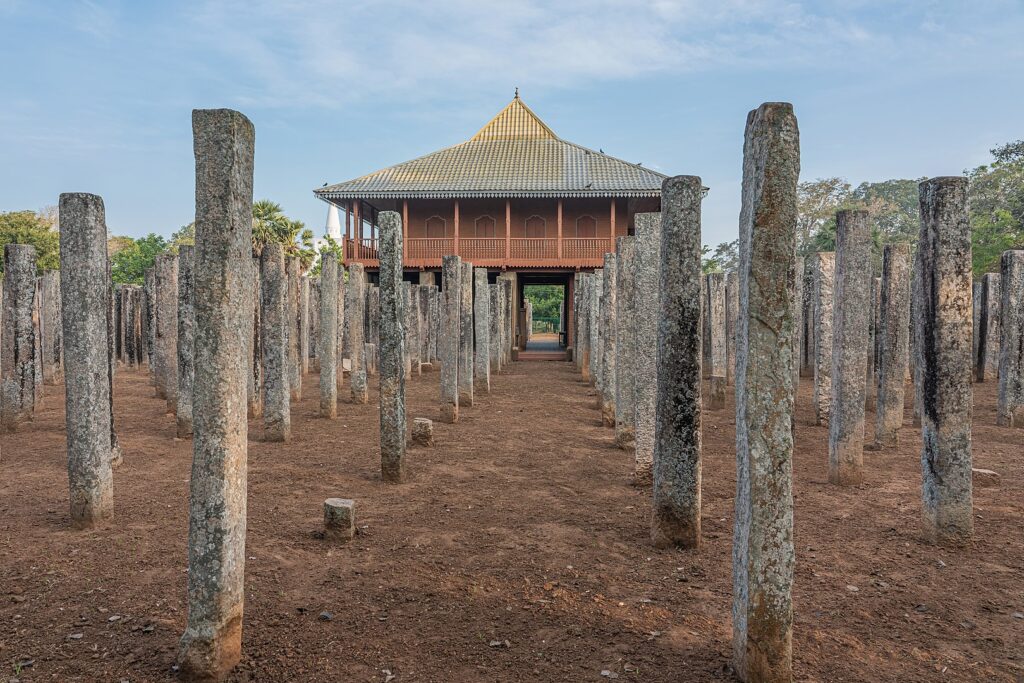
To truly explore Anuradhapura’s ruins, consider hiring a driver due to the site’s expanse and heat. Begin at Mahavihara, where you’ll find Sri Maha Bodhi—a sacred tree over 2,000 years old grown from a cutting brought from India’s Bodh Gaya. Nearby are the evocative remains of Brazen Palace with its striking 1,600 pillars once supporting an enormous nine-story building topped by bronze roofs for monks’ use.
Also within Mahavihara stands Ruvanvelisaya Dagoba; despite being smaller now than originally built it still reaches up to 55 meters high! I witnessed some monks attaching fabric around this iconic structure. It was a unique and special moment, fleeting but memorable, etched into my soul forever.
Savor Local Sri Lankan Cuisine
To savor local Sri Lankan cuisine, you need to dive into its rich tapestry of flavors. Begin with the iconic rice and curry dishes. These meals aren’t just staples; they’re a testament to Sri Lanka’s culinary diversity.
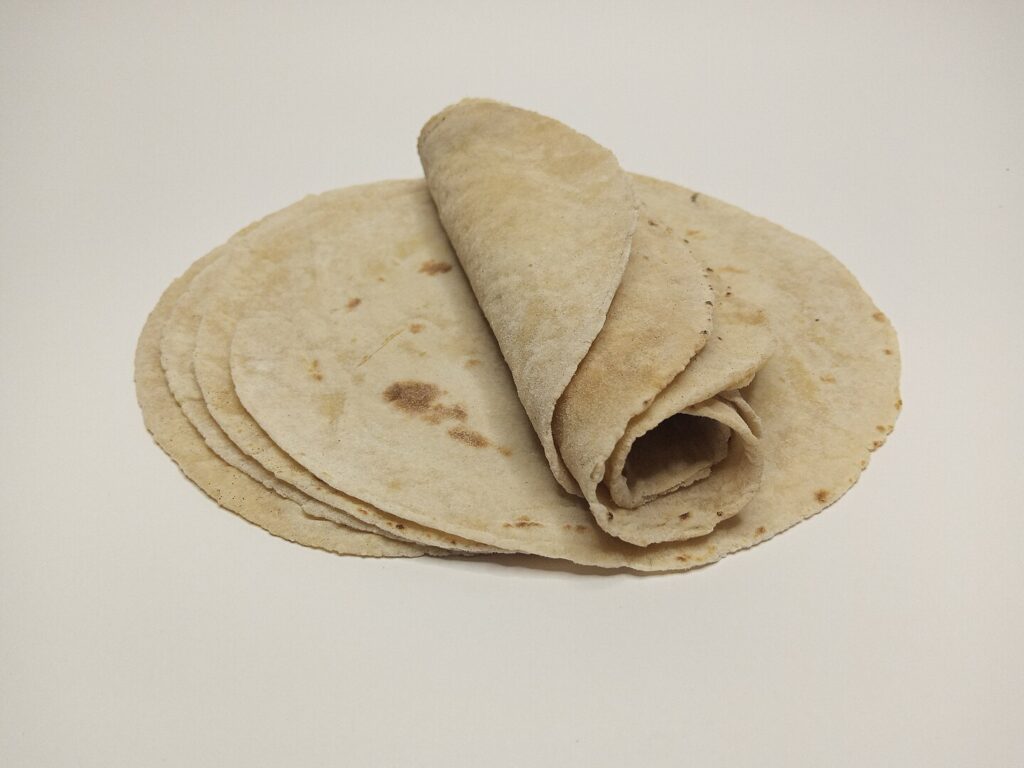

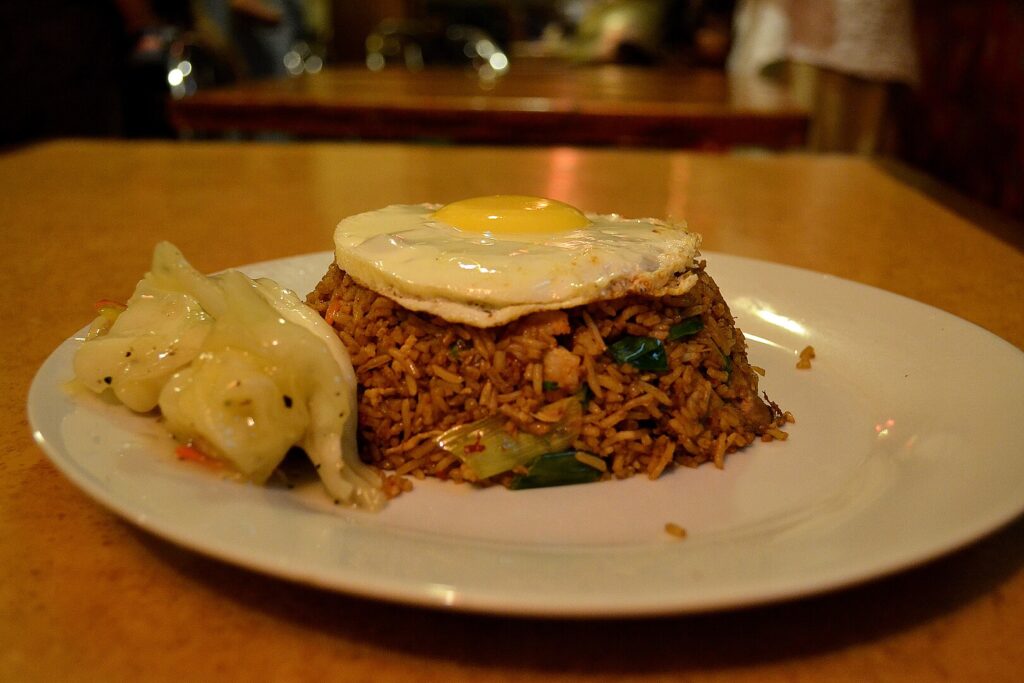
You’ll find fish, meat, and vegetable curries that range in spice levels from mild to fiery hot. Adding coconut milk is common practice here. It tempers the heat while adding depth and sweetness to your dish.
You’ll spend about 300 Sri Lankan rupees ($2.30 USD) for an authentic meal—a steal compared to European prices. Don’t miss out on roti either—it’s versatile flatbread served everywhere from street stalls to restaurants. Whether paired with fruit or chocolate as dessert or stuffed with savory fillings like vegetables or fish for a main course—roti never disappoints.
Street food culture thrives in busy areas such as train stations where you’ll encounter vendors selling samosas, sandwiches, ham-and-cheese bites—all conveniently priced but often requiring some haggling skills due their high initial price marks aimed at tourists. Next up are beverages: locals prefer sweet tea and coffee loaded with sugar, which may not suit everyone’s taste buds. Instead, opt for fresh fruit shakes available across Colombo, and always keep bottled water handy to stay hydrated in the tropical climate.
Embrace Wildlife Safaris
To embrace wildlife safaris in Sri Lanka, head to Udawalawe National Park. This location offers an excellent chance for solo travelers, couples, friends, and families to experience nature up close. Secure a permit upon arrival; it costs about $25 USD.

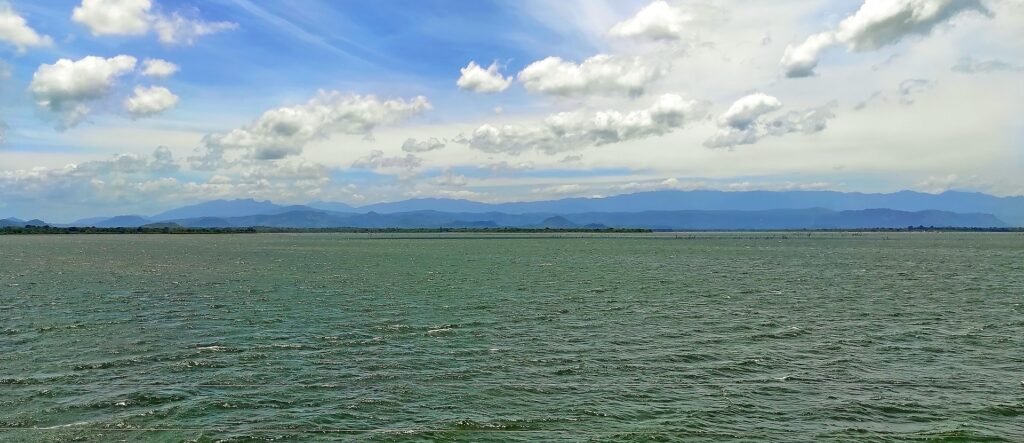
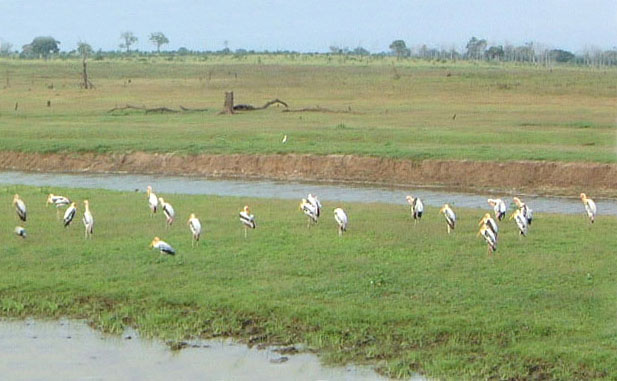
For the safari tour itself, expect around $30 USD plus a tip of roughly $10 USD. I booked my tour with Niluka Safari and found their guides knowledgeable and helpful. Start your journey at dawn because animals are most active during cooler times of day—early morning or late afternoon tours work best.
Leaving the hotel by 4 AM ensures ample time for sightings before returning around noon. I recommend booking transport through your accommodation if you’re not driving yourself. From Colombo to Udawalawe takes four hours by car; however, staying closer cuts travel time significantly—Talalla Retreat is only two hours away.
Seeing elephants in this park isn’t just common—it’s almost guaranteed! During my visit, I watched them drink from waterholes—a mesmerizing sight as they walked past our vehicle without disturbance or fear thanks to respectful guiding practices that don’t crowd wildlife areas directly. While exploring other fauna like monkeys, birds, buffaloes, crocodiles, leopards, and deer, visitors are delighted.
Remember, nothing replaces the sheer size and majesty of observing elephant herds in their natural habitats. Your camera gear should include good lenses like the Sony Alpha A6000 and a GoPro for versatile shots. Especially handy for moments, additional essentials include sunscreen, a filtered water bottle, and always carry cash for tipping drivers and securing entry permits smoothly.
The optimal visiting period runs from December to March, offering mild weather and fewer crowds. Avoid the monsoon season from May to October and plan beach days to ensure an enriching and worthwhile venture, witnessing the undisturbed wild beauty of globally treasured national parks.
Navigate Public Transportation Efficiently
Understanding Sri Lanka’s public transportation can make your trip smooth and enjoyable. Here’s how to navigate efficiently: First, always have small change for bus fares. Conductors rarely carry large bills.

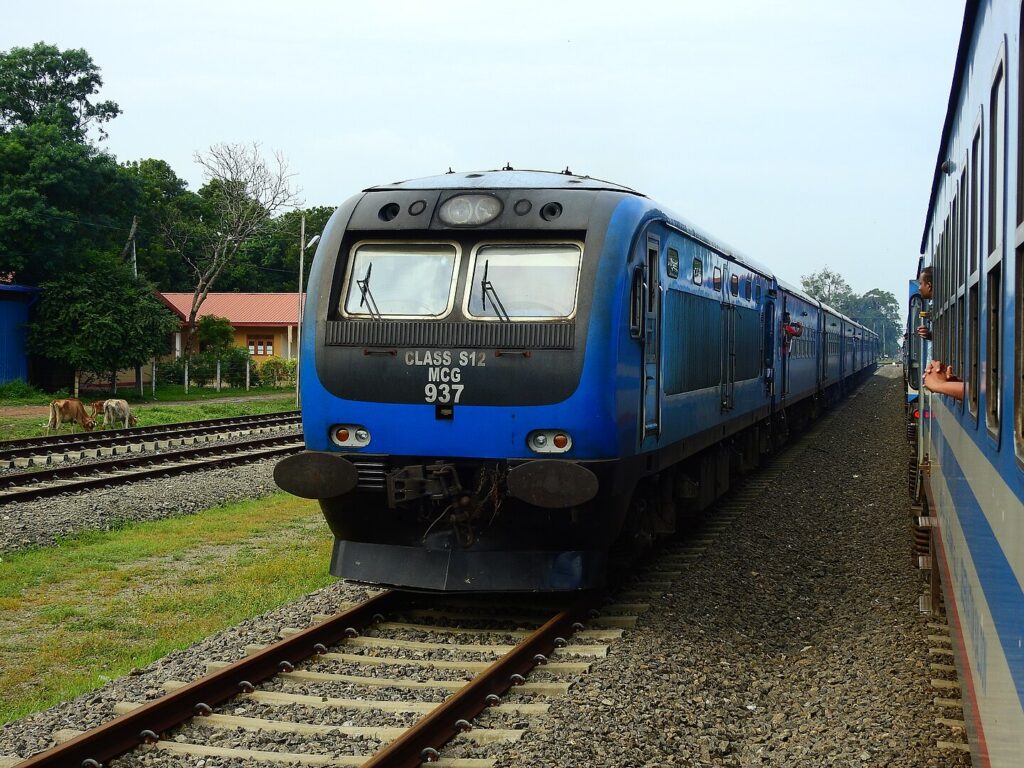
Buses are the backbone of local travel in Sri Lanka. Major routes run frequently from early morning until late evening, especially between Colombo and Kandy. Long-distance buses come in two types: state-operated (SLTB) and private operators like A/C intercity coaches which offer a more comfortable ride with air-conditioning but cost slightly more than regular buses.
For short distances within cities or towns, three-wheelers known as tuk-tuks are convenient though meters may not be available so agree on price before boarding. Trains provide scenic journeys through tea country or along coastal lines, although they might lack punctuality compared to other modes of transport. Reserve seats ahead during peak seasons via the official railway website, as tickets sell out fast, especially for popular trains heading toward Ella Station amidst beautiful vistas.
If you’re considering renting a car, avoid self-driving due to crowded streets and narrow roads. Opt instead for hiring a driver knowledgeable in safe navigation and efficient logistics planning.
Respect Cultural Etiquette and Traditions
Cover your knees when visiting temples or religious sites. Always ask for permission before taking photos of people or sacred objects.
If someone says no, respect their wishes and move on. Be aware that some areas within Buddhist and Hindu temples are off-limits to tourists. Leather items like wallets, belts, and bags are also not allowed inside many Hindu temples due to their cultural significance.
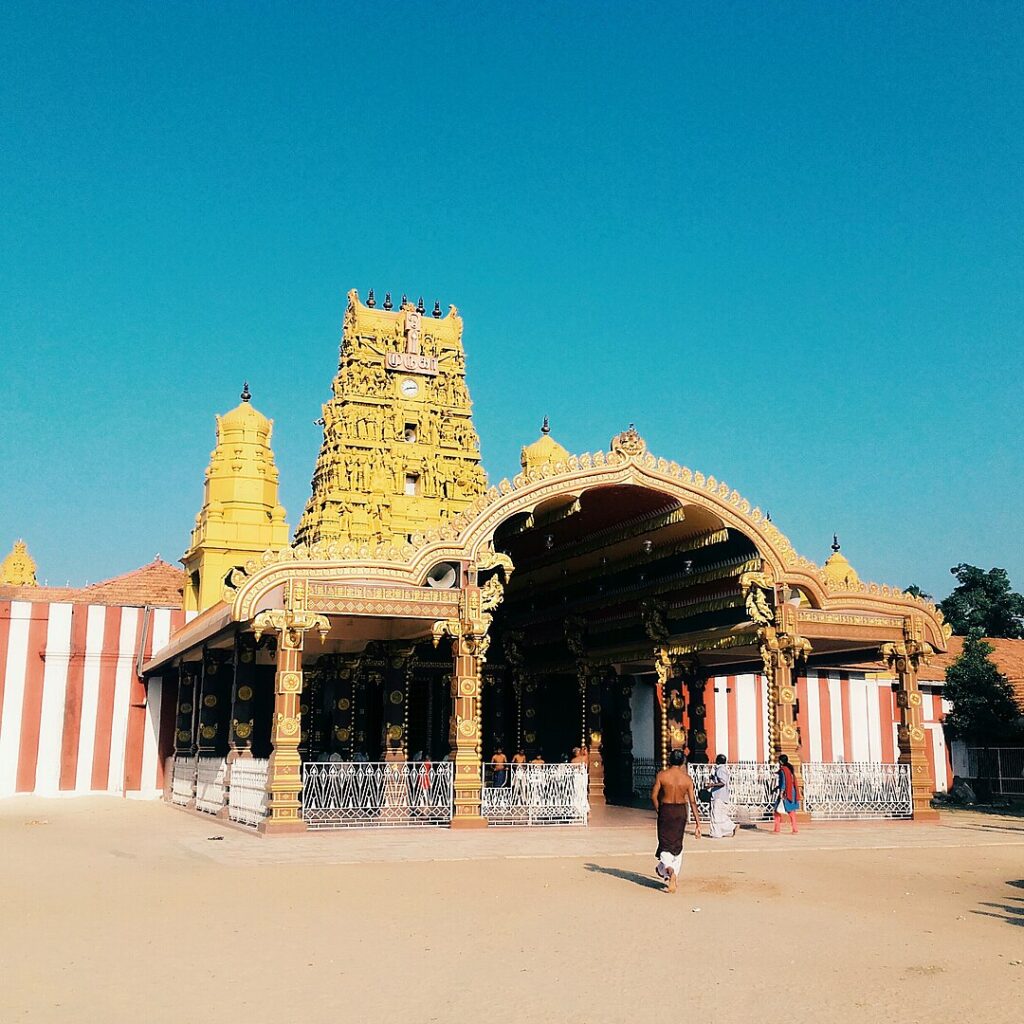
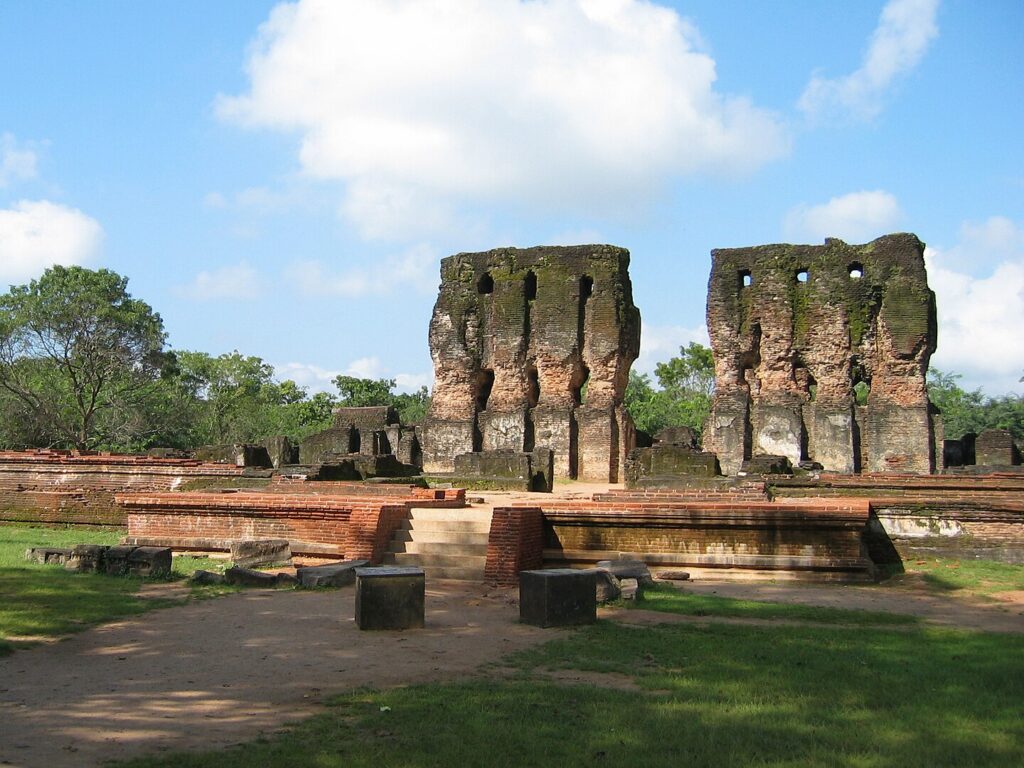
When pointing at something important or sacred, don’t use your index finger; instead extend your hand palm up toward the object you’re referencing. Never take a picture with your back facing any Buddha statue—always face it while backing away as a sign of respect. Don’t touch or sit in the lap of a Buddha statue under any circumstances—a small bow will suffice as greeting alongside making sure that both monks’ heads stay above yours during this motion!
Avoid wearing clothing with images of Buddha or other gods, as it can be seen as disrespectful. This could jeopardize your entry into the country, as evidenced by issues with tattoos of similar images. Remove footwear and hats upon entering homes or temple locations.
This represents utmost respect and is consistently done throughout every visit.
Plan for Weather Variations
When in Sri Lanka, planning for weather variations is crucial. If you want to visit the beaches in the south and west, go between December and March. For northern and eastern regions, April to September is ideal.
Sri Lanka has a tropical climate with two monsoon seasons. The southwest monsoon affects Colombo, Galle, and other western areas from May to September. In contrast, the northeast monsoon impacts Trincomalee and Jaffna from October to February.


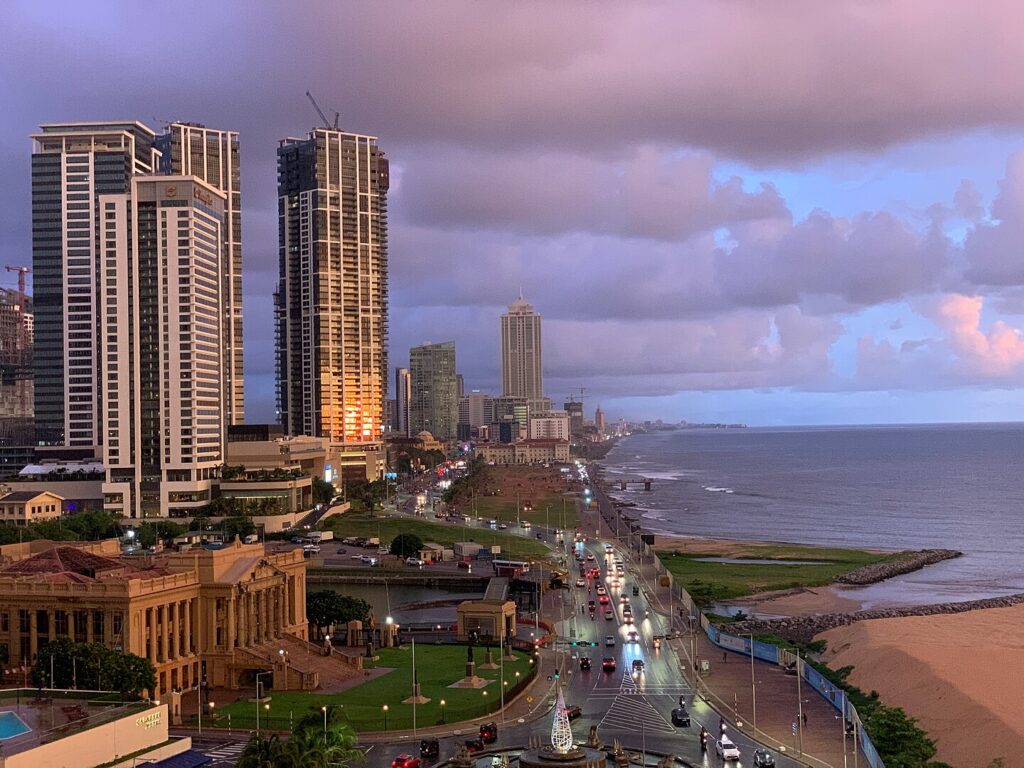
Packing wisely will help you handle these conditions better. Bring lightweight clothes made of natural fibers like cotton or linen for hot days. However always pack a light rain jacket since showers can be sudden even during dry months.
If you’re visiting sacred sites such as temples, dress respectfully by covering your shoulders and knees. Travel Tip #11 advises this etiquette. Also, don’t forget that shoes are usually removed at temple entrances, so bring easy-to-slip-on footwear like flip-flops.
This helps keep socks clean when walking on bare ground. During cooler evenings, especially if heading into Hill Country destinations like Nuwara Eliya, carry warmer clothing. Temperatures here can drop sharply.
Come prepared with layers. Be aware unexpected delays might occur due to inclement weather disruptions. Buses and trains often get delayed.
You should have flexible travel plans. Give yourself extra time getting around. In case roads close, choose alternative routes ahead.
Renting vehicles may offer more control over journey timing. Take advantage of the region’s varying climates.
Plan split itineraries focusing either on southern beach spots or ancient cities. Or combine the north and center. Visit historical ruins in Anuradhapura and Sigiriya.
Hike stunning trails in Kandy. Remarkably, wildlife safaris in Yala National Park and Tissa offer unique experiences. Transition between different zones to appreciate the diverse experiences each offers.



Exploring Sri Lanka offers a mix of stunning beaches, lush landscapes, and rich history. You can immerse yourself in local culture through vibrant markets or serene temples. Wildlife enthusiasts will enjoy spotting elephants and leopards at national parks.
For adventure seekers, hiking trails offer breathtaking views along with challenges to conquer. Don’t miss trying the diverse cuisine that perfectly blends spices and flavors unique to this island nation. With its captivating beauty and warm hospitality, your visit promises unforgettable memories soaked in both relaxation as well as excitement.
Discover a wealth of valuable travel articles by visiting our blog page, brimming with an abundance of tips, guides and inspiration for your upcoming adventures. Whether you’re in search of insider knowledge on unexplored destinations or seeking pocket-friendly advice to facilitate budget travel – we cater to every kind! Our wanderlust-inducing storytellers ensure that each journey is enthralling; curated collections take the reader on a voyage through hidden gems and invite them into their next unforgettable destination where they will be carried away by exploration.


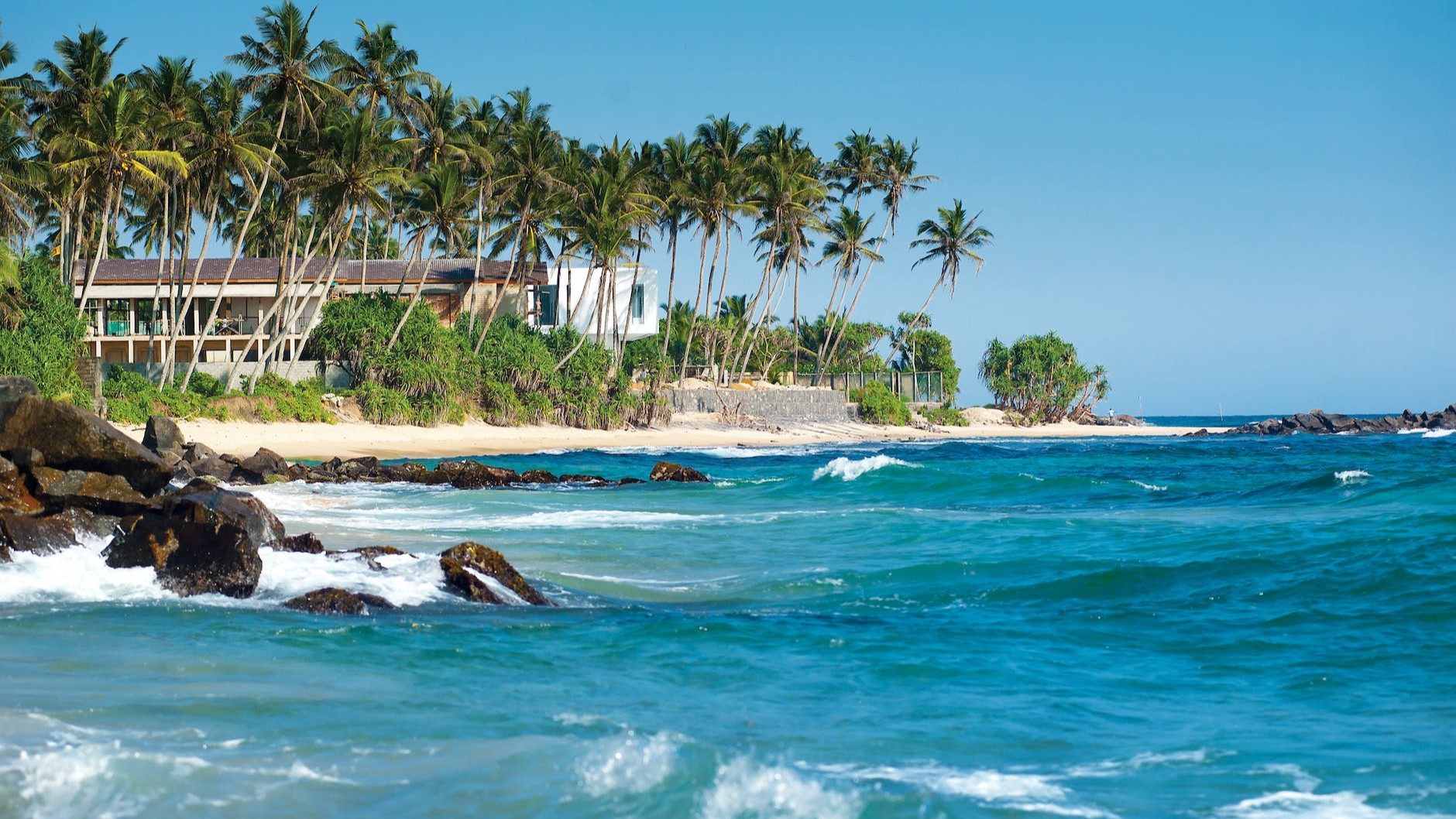


Leave a Reply